First off, since I don’t have a Serbian keyboard, Nis is pronounced like knee-sh.
It’s a small town, but there is actually a lot to do for its size- being one day’s worth, but these sites are really unique! I got a 10.15 bus from Belgrade. It’s a 3 hour ride versus the 5 hour train. Make sure to ask for student price if you are one.
I stayed at Aurora Hostel, a nice home building in the middle of apartment buildings. It’s a 10 minute walk from the bus station as well as city center. The owner was really nice, making me Turkish coffee when I arrived and for breakfast.
I dropped off my bags, had some coffee, and ventured into the city. He also told me about a free app that gives you information on the city so I had that playing as I walked.
At the time of writing, I’m sitting on the bus to Sofia. There are two buses, one at 4 am and another at 4 pm. I chose the later one for obvious reasons giving me time to steadily see everything.
During first afternoon, I walked around the fortress. It’s unusual because it’s well preserved as well as in the city center. There are also small shops and cafes there, including a lot of stray dogs, which, at one point, a pack followed me for a bit until they realized I wasn’t going to feed them.
There are Roman and Turkish remains as well as from the wars in the fortress. And speaking of Romans, did you know that Emperor Constantine the Great was born here? There is a Roman palace a bit outside the city, but it’s closed in the winter so I couldn’t see it.
This is part of a combined ticket. I’m sure in the high season the ticket is a bit more, but to see 3 sites, it’s 200 dinar or less than 2 USD while individually each site is 150.
There is an archaeological museum, it’s just one room, but it talks about the discovery of some tombs in modern homes, which is new to me (instead of just discussing statues and mosaics). No pictures were allowed.
The ticket also includes entry into the Red Cross Concentration camp. Maybe you are like me, who thought it strange that a Nazi camp would be called the Red Cross, but it was near the Red Cross train station and, the therefore, it received the same name. It’s one building. This camp was actually a transit camp and was loosely guarded resulting in the biggest escape in Holocaust history as 105 people managed to flee. 42 died in the attempt on the 12 of February. The camp was then heavily guarded and fenced from that point on.
The building displays information on the escape as well as the camp in general. 5 skulls were found by the wall. The last prisoners to be killed there….they have not been identified and are on display. The top floor of the building are the cells the prisoners were kept in.
After the escape, the murder of the prisoners increased, some in the camp while the majority were taken to Bunbanj park. There is now a memorial there for those who died. It is 3 fists representing the resistance.
Speaking of skulls, the last part of the ticket gives you entry to the Skull Tower. In the 1800s, the Serbs revolted against the Turks and as punishment and setting an example, the Turks beheaded many Serbs and cleaned off their skulls to be placed in a tower….a tower of skulls. Holding all the skulls together are rocks and limestone, etc. Some of the skulls remain, but it is truly unnerving to look at. No pictures were allowed.
I was able to see all these sites, besides the fortress, with a hostelmate. She originally was going to take the train to Sofia, but due to inconsistencies and complications with the border, decided on the bus with me. Truly, the explanation is weird and complicated, just make sure of the route of the train to Sofia ahead of time so you aren’t caught unawares. It’s also longer than the bus.
This hostelmate, S, is teaching English in Poland, but is originally from England. She has also taught in Spain. She was really cool to talk to and made me laugh a lot. She had vacation time and decided to tour around and only brought a small backpack, that is so amazing!!!

This backpack is all she brought!
Since most of these sites are more than reasonable walking distance, we took the city bus, which is 60 dinar. There is someone who collects payments for a ticket on board, with a big yellow vest. It only looked like a bad idea, having a person vs a machine, when it was really crowded on board. Our last woman was extremely nice and helpful.
I also walked extensively through the city center, seeing the different monuments and statues. In the middle of the city, among old and worn buildings, stands a huge H&M store. It’s 3 floors. I found this funny, but also a slight shame. This small town has such a big consumer store right in the middle. It draws the charm away.
Near there is tinker alley. In the past, makers of all things-copper, silver, etc. worked here. Now it’s an old street with hotels and restaurants. It’s also quite small.
I enjoyed my time in Nis and would recommend it to anyone. The bus to Sofia is almost 4 hours long and you enter a new time zone.
Next post…..my time in Sofia, Bulgaria!
Be sure to follow me on social or sign up for monthly email updates on new blog posts!





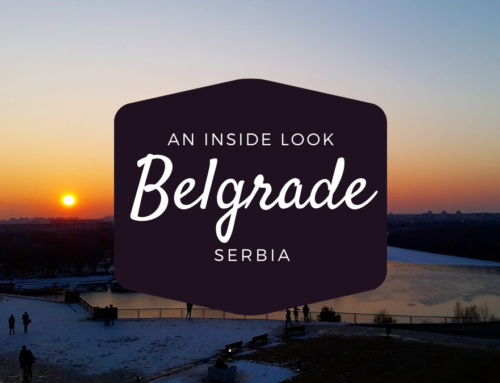
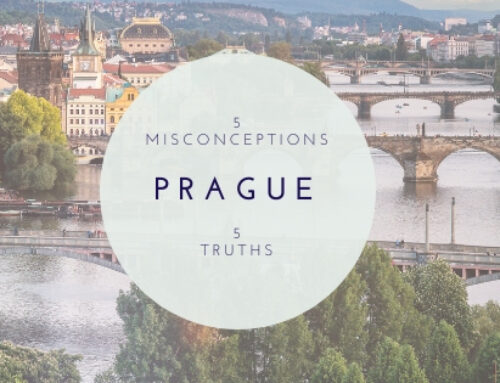
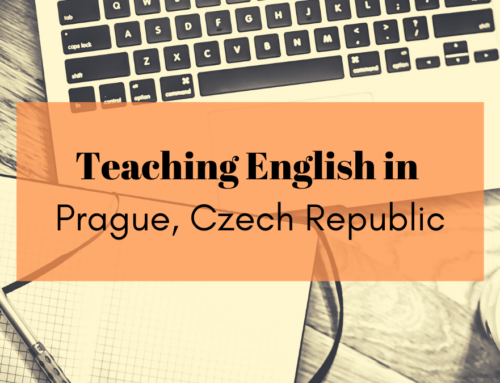
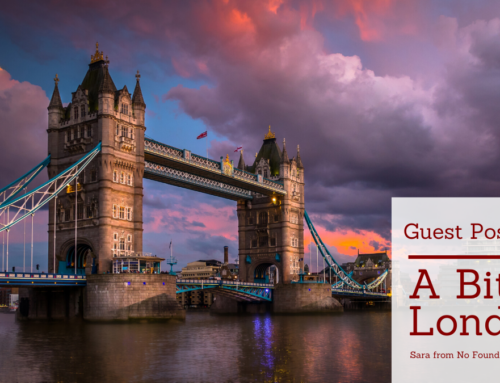

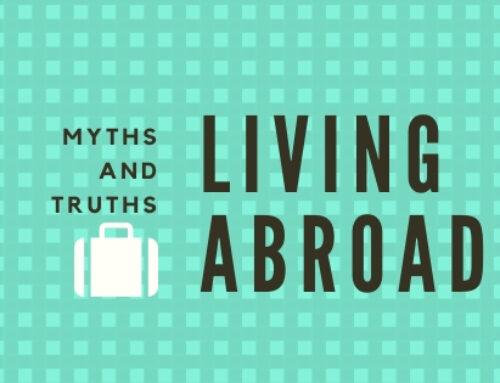
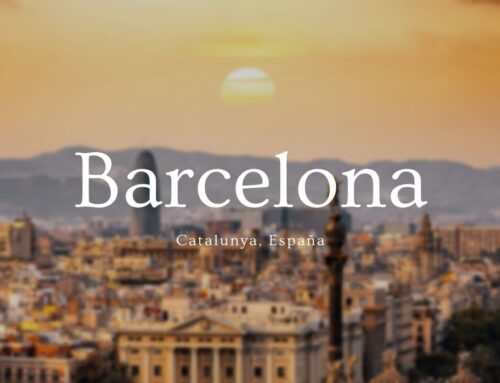
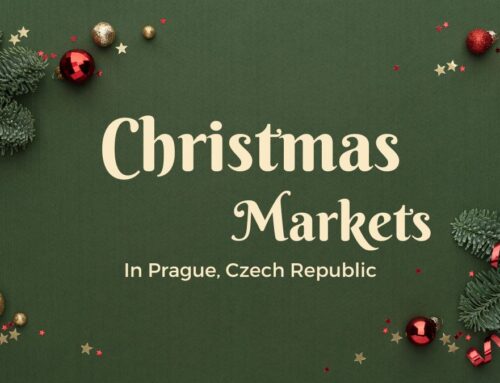

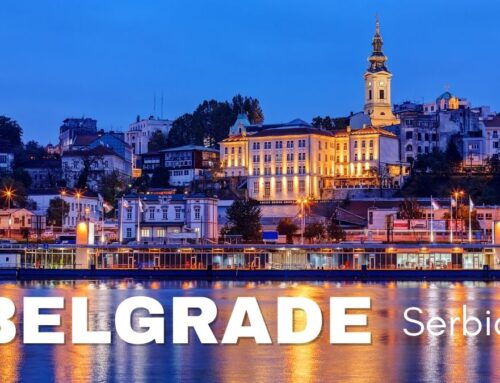
[…] Next, be sure to check out my final week! If you are still interested in Serbia, check out Nis and the 6 things to do in […]
[…] is my last night in Belgrade. I’m planning on catching an early-ish bus to Nis tomorrow and then go into Bulgaria then Macedonia. I’m planning on meeting two people in […]
[…] Nis is one of Serbia’s bigger towns in the South near the border of Bulgaria. It gives visitors a closer insight into what regular Serbian life is because it doesn’t get that many tourists in comparison to Belgrade. There is an old transit Holocaust concentration camp near the city, which is worth the visit to get more historical information. […]